Architecture announces fall visiting faculty
The Department of Architecture is excited to announce its fall visiting faculty. This semester, we welcome the 2024–2025 Berkeley Rupp Prize winner, Community Design Agency founder Sandhya Naidu Janardhan; Arcus Visiting Professor Charles Davis II, associate professor at UT Austin School of Architecture; Raha Talebi, cofounder of Vantieghem Talebi, the 2024 Joseph Esherick Visiting Professor of Practice; and Ginés Garrido and Juana Canet, who will be joining us from Madrid as part of our ongoing exchange with the Polytechnic University of Madrid’s School of Architecture (UPM/ETSAM). The CED community and the public will have the opportunity to hear from each of them in our fall lecture series.
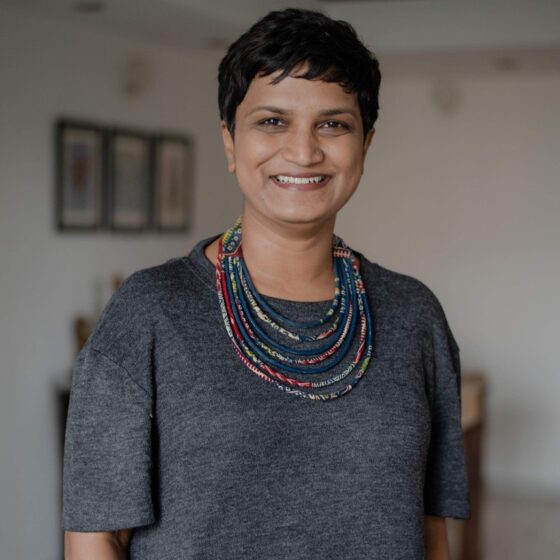
Sandhya Naidu Janardhan is an architect and advocate of community-led social impact design and sustainable architecture. She is the founder and managing director of Mumbai-based Community Design Agency, an interdisciplinary organization that brings together researchers, architects, engineers, business professionals, planners, and artists to work directly with disenfranchised communities. The organization’s work includes the Sanjaynagar Slum Redevelopment project, the Govandi Arts Festival, and Niramay Place. She is the recipient of CED’s 2024–2025 Berkeley Rupp Prize, which recognizes and supports the special values that women bring to the built environment. Naidu Janardhan’s work focuses on cultivating processes that provide marginalized communities with the agency to choose where and how they live, work, and play. This fall, she is teaching a seminar on community-based practices, exposing our students to alternative forms of professional practice.
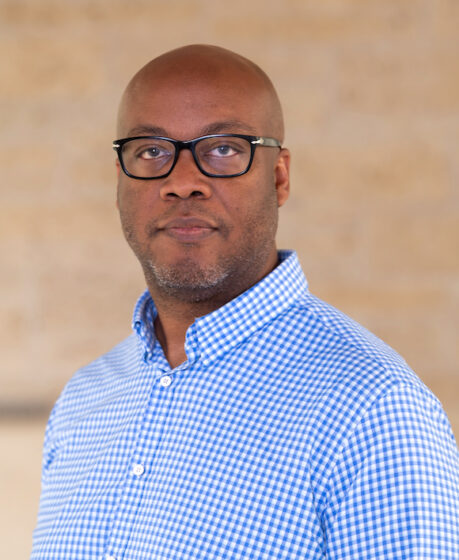
Charles Davis II is associate professor of architectural history and the director of the architecture PhD program at the UT Austin School of Architecture. He is co-editor of Race and Modern Architecture: A Critical History from the Enlightenment to the Present (University of Pittsburgh, 2020), and author of Building Character: The Racial Politics of Modern Architectural Style (University of Pittsburgh, 2019). His current book project, Putting Black in Place: A Spatial History of Black Architectural Modernity, recovers the overlooked contributions of Black actors in shaping the built environment from the Harlem Renaissance to Black Lives Matter. He received his PhD in architecture from the University of Pennsylvania and MArch and BPS from the University at Buffalo. At Berkeley, he is teaching a course that challenges students to develop a settler colonial critique of “American Architecture” to recover the contributions of women, sexual minorities, and people of color.
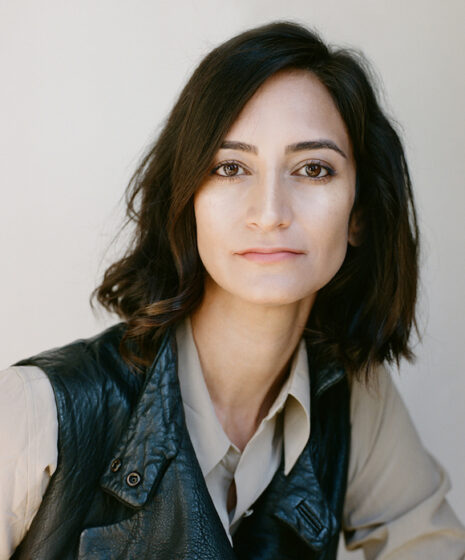
Raha Talebi is serving as the 2024 Joseph Esherick Visiting Professor of Practice. In 2016, she co-founded international architecture and design practice Vantieghem Talebi in collaboration with Paul Vantieghem. Vantieghem Talebi’s work plays with a breadth of scales, ranging from The Carved House — a single-family house designed from the inside out — to projects that demand new perceptions of the city, such as The Stack—a mixed-use tower with alternating typologies. Prior to establishing Vantieghem Talebi, Talebi was senior architect with Herzog & de Meuron, serving as project manager for the M+ Museum and Offices in Hong Kong and The Powerhouse Arts in Brooklyn, New York, among other international projects. She received her BArch from Cooper Union and MArch from Harvard’s Graduate School of Design. This fall at Berkeley, Talebi is teaching in the ARCH 100C studio.
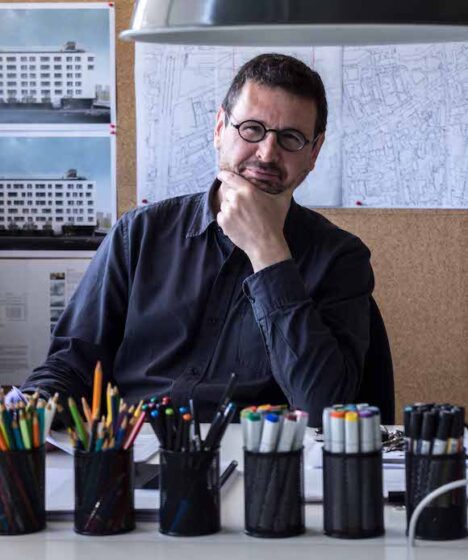
Ginés Garrido is chair and professor at the Department of Architectural Design at the School of Architecture, Polytechnic University of Madrid (UPM/ETSAM). He is founding principal, with Francisco Burgos, of the award-winning Madrid-based practice Burgos & Garrido Arquitectos. The office focuses on the design and construction of public spaces, parks, and land planning from the perspective of social and environmental sustainability. Recent projects in Spain include Madrid Río, one of the most ambitious and complex public space projects constructed in Europe in the last few decades, and a project for the integration of the Tagus River in Toledo. Outside Spain, the firm’s current work includes: Restructuring the Expressway, Lima, Peru; Residence of the Spanish Embassy, Canberra Australia; 70 Social Houses, Eindhoven, The Netherlands; and Lent-Tabor Bridge, Maribor Slovenia. An expert in Soviet avant-garde architecture, he has published seven books on the topic. Garrido has served as a visiting professor at Washington University in Saint Louis, Harvard Graduate School of Design, University of Arizona, UCP Lima, PUC Santiago de Chile, Escola da Cidade São Paulo, and the UP Catalunya School of Architecture in Barcelona.
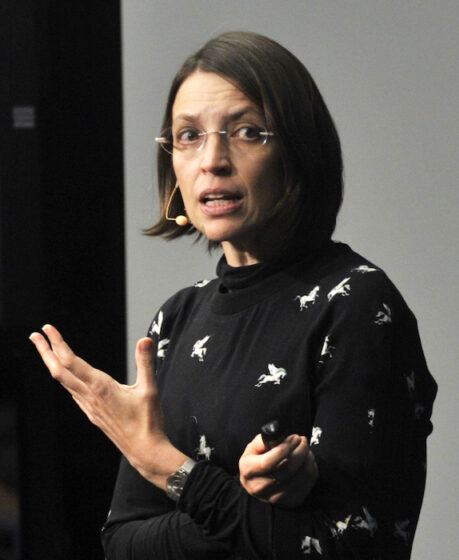
Juana Canet, who comes to CED as a visiting scholar, is a doctoral candidate at UPM/ETSAM, where she also serves as assistant professor. Her work focuses on housing for vulnerable populations. Her dissertation aims to establish strategies for designing refugee camps as integrated human settlements in host countries, where housing is the main design unit that forms the fabric of the camp. She is investigating refugee camps in the Mediterranean and Sub-Saharan Africa, and their connections with the surrounding landscapes and social and urban conditions. Canet has degrees from ETSAM in urban planning and construction, as well as a master’s in landscape architecture from the University of the Balearic Islands; an architect and planner, she established her own office in 2004. At Berkeley, Canet and Garrido are teaching a section of ARCH 201.
We look forward to an intellectually and creatively stimulating semester ahead.